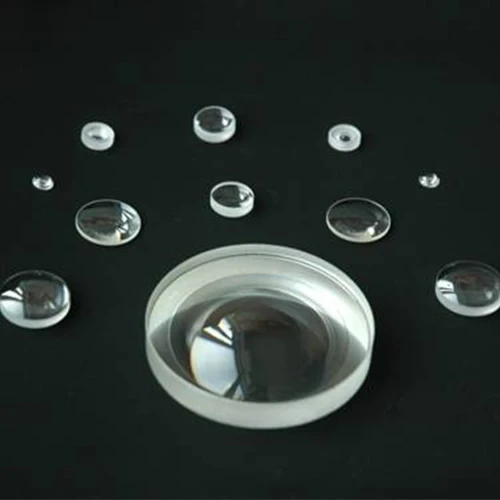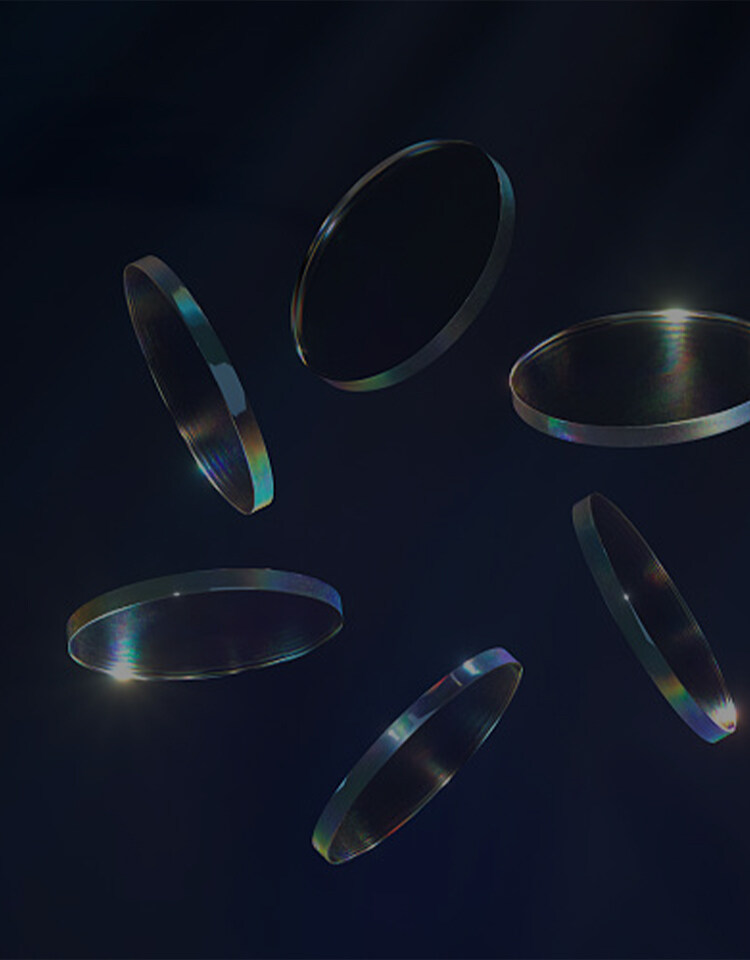Email format error
Email cannot be empty
Email already exists
6-20 characters(letters plus numbers only)
The password is inconsistent
Email format error
Email cannot be empty
Email does not exist
6-20 characters(letters plus numbers only)
The password is inconsistent


The Evolution of Vision: Understanding Progressive Lens Design
Vision is one of our most treasured senses, guiding us through every moment of our lives. As technology and science advance, so does the way we address vision problems. One of the most innovative solutions to vision correction is progressive lenses. These lenses are a marvel of modern optical design, combining multiple prescriptions into a single lens. To fully grasp how progressive lenses work and why they are so effective, it's essential to understand the intricacies of progressive lens design.
What Are Progressive Lenses?
Progressive lenses, often referred to as multifocal lenses, are designed to provide a smooth transition between different prescriptions in a single lens. Unlike traditional bifocals or trifocals, which have visible lines separating different prescription zones, progressive lenses offer a gradient of prescriptions. This design allows wearers to see clearly at various distances—near, intermediate, and far—without the need for multiple pairs of glasses.
The Importance of Progressive Lens Design
The effectiveness of progressive lenses hinges on the precision of their design. This is where the progressive lens design chart comes into play. This chart is a crucial tool used by optical professionals to ensure that each pair of progressive lenses meets individual needs. It provides a detailed roadmap for how the different prescription zones blend into each other, ensuring that the transition between different focal lengths is smooth and comfortable.
How Progressive Lens Design Works
Progressive lens design is an intricate process that involves creating a lens with a gradient of increasing prescription strength. The design ensures that as you look through different parts of the lens, you experience a seamless shift from one prescription to another. Here’s a closer look at how this is achieved:
Distance Vision: The upper portion of the lens is designed for distance vision. This part allows you to see clearly far away, such as when driving or watching a movie.
Intermediate Vision: The middle section of the lens is dedicated to intermediate vision. This is ideal for tasks like working on a computer or reading a book.
Near Vision: The lower part of the lens is optimized for near vision. It helps with activities like reading or sewing, where you need to focus on objects that are close to you.
The smooth transition between these areas is achieved through the progressive lens design chart, which guides the optical engineers in creating a lens that provides a natural visual experience.
Key Elements of the Progressive Lens Design Chart
Add Power: This refers to the additional power added to the lens for near vision. The design chart helps determine how much additional power is needed to ensure clear vision up close.
Segment Layout: The chart outlines how the different segments of the lens are laid out. It specifies the size and placement of each zone to ensure a comfortable and functional design.
Corridor Length: This is the distance between the distance and near vision zones. A well-designed corridor length helps in smooth transitions and minimizes distortion.
Lens Shape and Curve: The design chart includes information on the shape and curvature of the lens. This affects how light passes through the lens and impacts visual clarity.

The Process of Designing Progressive Lenses
Creating progressive lenses involves a combination of advanced technology and skilled craftsmanship. Here’s an overview of the process:
Prescription Analysis: The first step is to analyze the wearer’s prescription, including their distance, intermediate, and near vision requirements. The progressive lens design chart is then used to customize the lens according to these needs.
Design and Modeling: Optical engineers use sophisticated software to create a digital model of the lens based on the design chart. This model ensures that the lens provides a smooth transition between different prescription areas.
Lens Manufacturing: The digital model is used to manufacture the lens. High-precision machines cut and shape the lens according to the specifications provided by the design chart.
Quality Control: Once manufactured, the lenses undergo rigorous quality control checks to ensure they meet the design specifications and provide the required visual clarity.
Fitting and Adjustment: Finally, the lenses are fitted into frames and adjusted to ensure that they align correctly with the wearer’s eyes. This step is crucial for ensuring maximum comfort and effectiveness.
Benefits of Progressive Lenses
Progressive lenses offer several advantages over traditional bifocals and trifocals:
Seamless Vision: The lack of visible lines provides a more natural visual experience, with no abrupt changes in prescription.
Versatility: Progressive lenses are suitable for various activities, making them a practical choice for people who need to see clearly at different distances.
Aesthetic Appeal: The absence of lines gives progressive lenses a more modern and aesthetically pleasing appearance.
Comfort: The gradual transition between prescriptions reduces eye strain and discomfort, especially when transitioning between different focal lengths.
Choosing the Right Progressive Lens
Selecting the right progressive lens involves considering several factors, including:
Lifestyle Needs: Think about how you use your glasses daily. If you spend a lot of time on a computer, you might need a design with a larger intermediate zone.
Frame Style: The size and shape of your frames can affect how well progressive lenses work. Larger frames generally provide more room for the different prescription zones.
Personal Preferences: Different designs offer varying levels of comfort and visual clarity. Consult with an optician to find the best option for your needs.
Future Trends in Progressive Lens Design
The field of progressive lens design continues to evolve, with advancements in technology leading to even more refined and comfortable lenses. Some of the emerging trends include:
Digital Lenses: Advanced digital technology allows for more precise customization of progressive lenses, enhancing visual clarity and comfort.
Personalized Designs: Future designs may incorporate more personalized features based on individual visual needs and preferences.
Smart Lenses: There’s ongoing research into integrating smart technology into lenses, potentially offering features like built-in displays or automatic adjustment for varying lighting conditions.
Conclusion
Progressive lenses represent a significant advancement in vision correction, offering a seamless transition between different prescription zones in a single lens. The progressive lens design chart plays a crucial role in ensuring that each pair of lenses meets individual needs with precision and comfort. As technology continues to advance, we can expect even more innovative solutions in the realm of progressive lens design, further enhancing our ability to see the world clearly and comfortably. Whether you’re dealing with presbyopia or simply seeking a versatile lens solution, progressive lenses offer a modern and effective choice for your vision needs.

